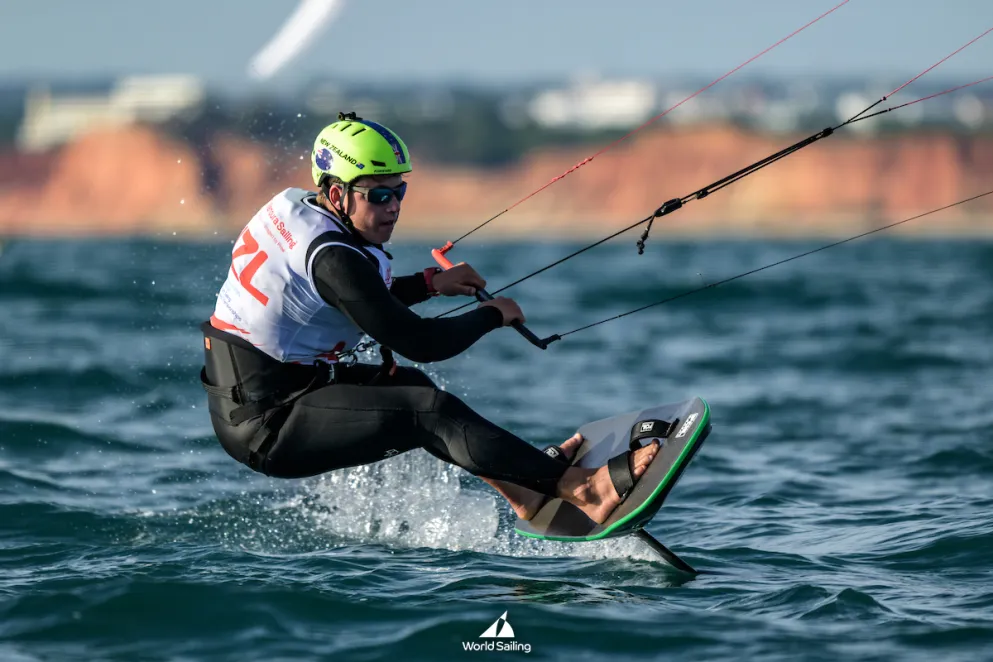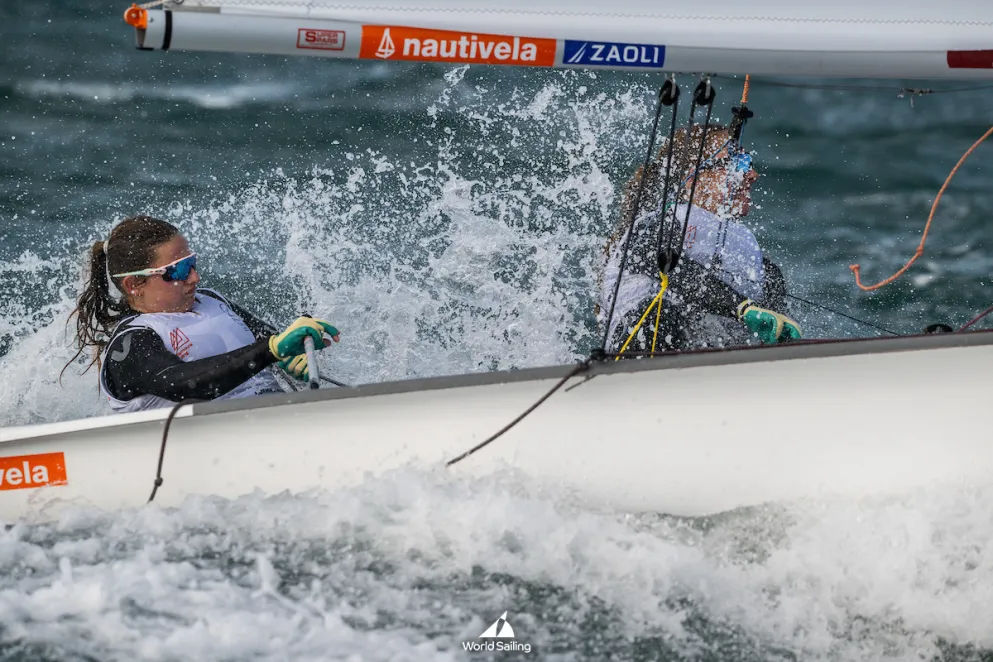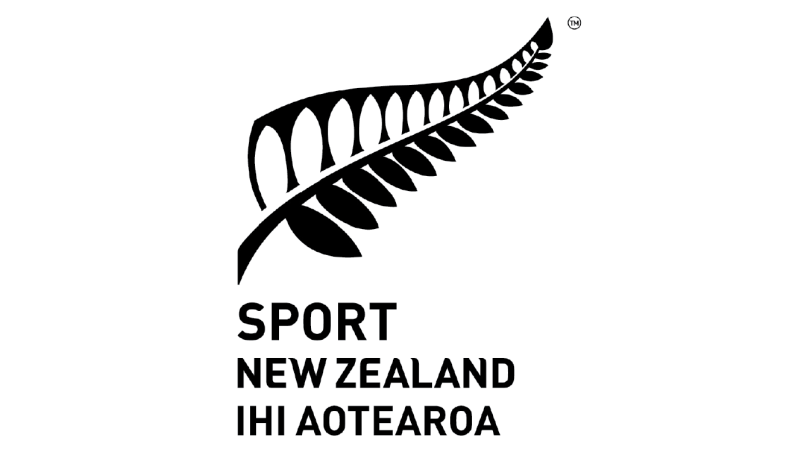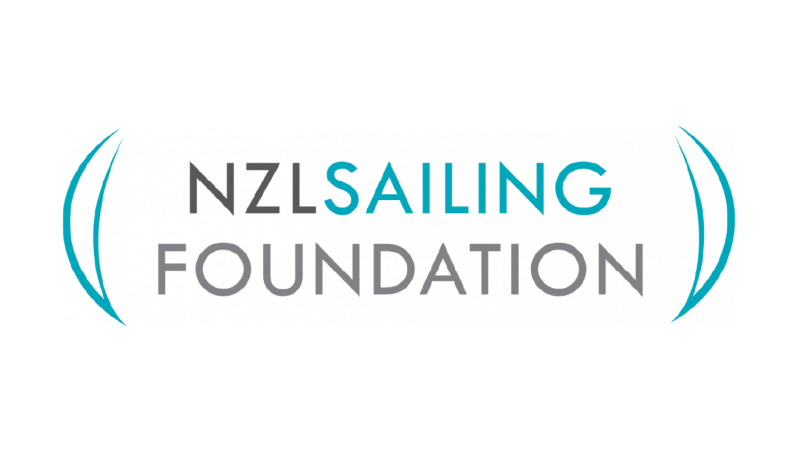Bay of Islands anchoring ban: All you need to know
The anchoring ban across a large section of the Bay of Islands is a make-or-break moment in the fight against exotic Caulerpa that, if left unchecked, could have dire consequences for the region.
That’s the message from Yachting New Zealand chief executive David Abercrombie, who said the organisation supports the introduction of new biosecurity rules to prevent the spread of the invasive marine seaweed, known as the “foot and mouth” of the sea, in the area.
The rules, announced on Monday, make it illegal to fish or anchor a vessel in an area of Te Rāwhiti and follows the discovery last month of two species of exotic Caulerpa - Caulerpa brachypus and Caulerpa parvifolia - across some 200 hectares in the region.
While similar controls at Aotea Great Barrier Island and Great Mercury Island are already in place, the latest find is the first confirmed mainland infestation.
The amount found suggests the seaweed, which can spread rapidly and form dense underwater fields, has been in the area for several seasons, the Ministry for Primary Industries said in a statement.
The ban includes all fishing, diving and seafood gathering and covers more than 1000 hectares – from Whau Point, the south-eastern tip of Te Ao Island, the eastern shoreline of Poroporo Island and the northern tip of Tokatokahau Point up to the high-tide area.
No anchoring is allowed in the controlled area, other than for a few permitted activities such as scientific research or where residents are reliant on a vessel for regular transport. Permits from Biosecurity New Zealand will be needed for this. Anchoring in an emergency, such as to shelter from weather, will be allowed.
“While we acknowledge some people may be disappointed by the introduction of these rules, it is important that we try to get on top of this while we still can,” Abercrombie said.
“Limiting its spread is the best way to prevent the potentially devastating effects Caulerpa can have on our native marine life.”
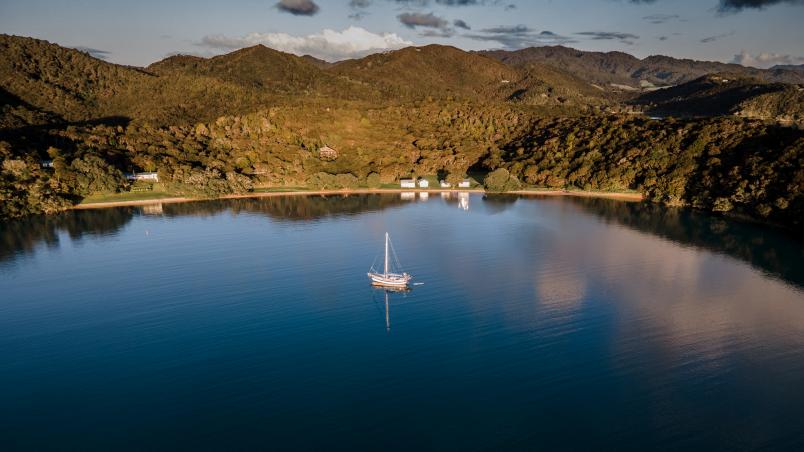
Biosecurity New Zealand’s deputy director-general Stuart Anderson said mana whenua and others in the Northland community understand that preventative measures are needed to attempt to contain the pest.
Apart from the Controlled Area Notice (CAN), a mana whenua rāhui is also in place.
“These new legal restrictions… are important to protect the valued Northland marine environment, but also wider Aotearoa New Zealand waters,” Anderson said.
“This has been a partnership approach from the outset with mana whenua and the Northland Regional Council. We had really good conversations at a hui at Te Rāwhiti at the end of May, and we have another hui coming up later this week, cementing that commitment to work together.”
Exotic Caulerpa was first found in Omākiwi Cove, a popular boat anchorage, in May. Surveillance diving subsequently found it in a number of locations throughout the eastern part of Te Rāwhiti Inlet. Both species of exotic Caulerpa known to be in New Zealand have been confirmed in the area.
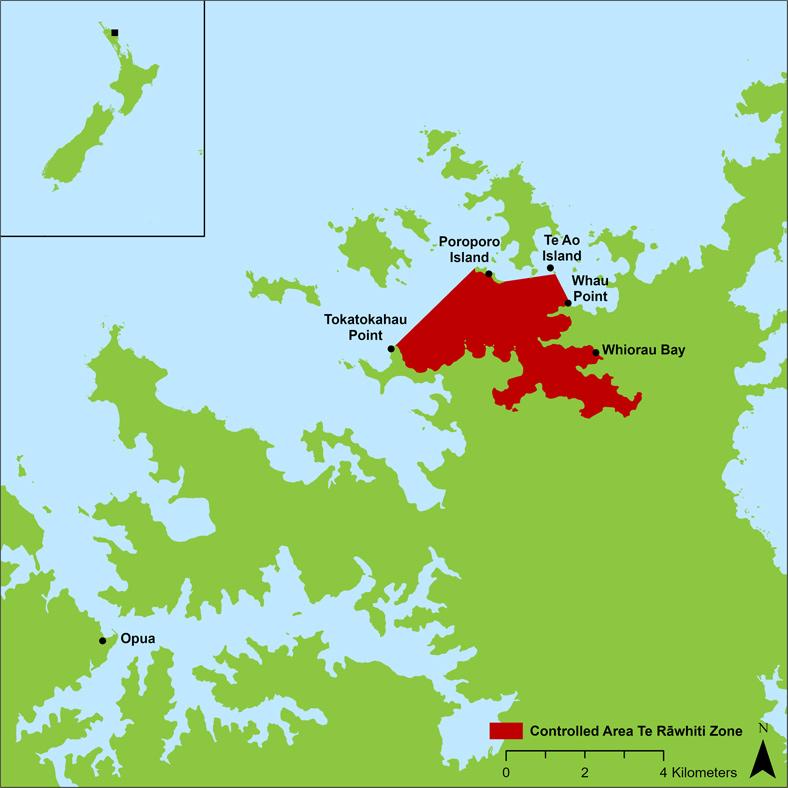
Caulerpa easily breaks into small fragments which can then be moved to other areas by people going about water activities such as anchoring, diving and fishing, Anderson explained.
“A technical advisory group has been convened to look at suction dredging as a possible control tool and a small group of scientific experts and mana whenua are going to California to inspect attempts to remove exotic Caulerpa there.
“We are working hard to explore options, but international research and experience tell us that successfully eradicating Caulerpa is extremely challenging."
Northland Regional Council biodiversity expert Geoff Crawford earlier told Radio New Zealand the discovery of Caulerpa in the Bay of Islands was “a huge wakeup call” as more than 1000 yachts and launches visiting the Bay of Islands each year.
Anchors, rather than boat hulls, are thought to be the main spreading method, Crawford said.
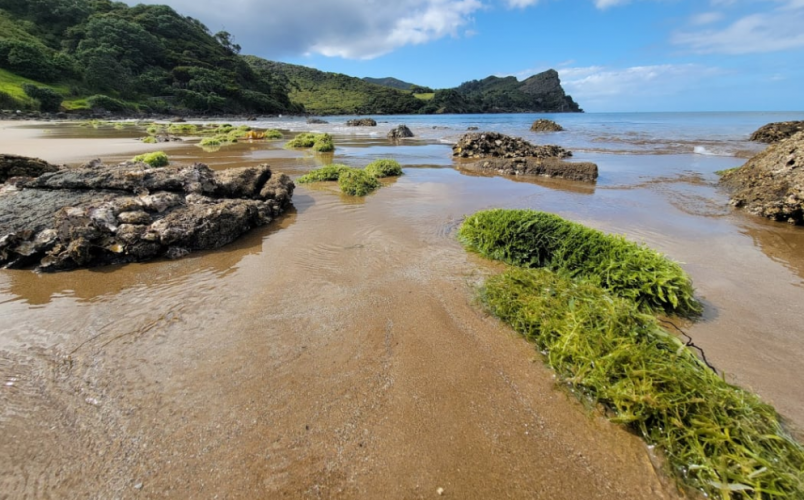
Exotic Caulerpa – what you need to know
What is it?
Caulerpa brachypus and Caulerpa parvifolia are seaweeds exotic to New Zealand. They are native to the Indo-Pacific region, ranging from Africa to Australia, the Pacific Islands, and southern Japan. Both seaweeds are closely related and appear identical. They have fronds up to 10 centimetres long that rise from long runners or roots known as stolons.
They can be found growing below the tideline at between 2m and 30m on both hard surfaces and in sandy areas. In favourable conditions, they can spread rapidly, forming vast, dense beds or meadows.
How did it get here?
Both species likely arrived in New Zealand attached to uncleaned gear (e.g. anchor, chain) on a vessel from Australia or the Pacific Islands where these species are present. It is considered quite likely that both types of Caulerpa arrived at the same time.
How does it spread?
It can be spread through breaking into little pieces. This can happen, for example, by wave action or when anchors and fishing gear are moved into or through weed beds. Fragments are also carried easily on coastal currents. Pieces can get tangled in or stuck on equipment (for example, boat anchors and chains, nets, dive and fishing gear, and crayfish pots). It can survive out of water for up to a week or more if it's in a moist location (like in an anchor locker or a bunched-up fishing net).
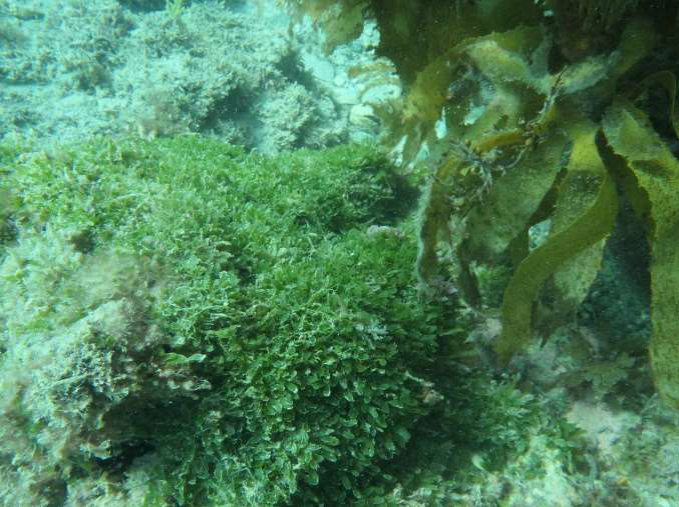
What are the new rules?
Under the CAN, it is illegal to remove any marine life including fish, shellfish, koura (crayfish) or seaweed from the zone. This means any form of fishing is banned. This includes spearfishing, crayfishing, kina and other shellfish gathering, net fishing and drift fishing from any kind of vessel. No anchoring is allowed in the controlled area other than a very few permitted activities such as for scientific research or where residents are reliant on a vessel for regular transport. Permits from Biosecurity New Zealand will be needed for this. Anchoring in an emergency, e.g. to shelter from weather, is allowed without a permit.
Why is launching a boat within the area okay but anchoring is not?
Launching a boat will not increase the chance of spreading exotic Caulerpa if it is not anchoring. Exotic Caulerpa fragments are drifting on water currents within the bays naturally. The key is to manage any activity that interacts with the seafloor and can allow exotic Caulerpa to become entangled in equipment and then moved to a new location.
Is it possible to eradicate or control?
MPI research, along with the advice of a panel of international experts and mātauranga Māori specialists, has concluded that the populations, particularly in Blind Bay (Aotea Great Barrier Island), are well-established and beyond eradication. Trials using the recommended coarse salt treatment found that while it worked over a small area, the populations are too large to treat with this method. Treating only a portion of the population within any of the affected locations would likely result in the death of all other species in the area, including ecologically and culturally important species (e.g., seagrass, shellfish). After treatment, the seafloor would be laid bare and subject to rapid reinvasion of exotic Caulerpa, likely at higher densities than before, due to a lack of competition for space with native species. Considering this, it has been determined that the most appropriate course of action is to manage the spread of exotic Caulerpa outside of the four known locations and any subsequently detected locations. It must be noted that final decisions have yet to be made on the approach to adopt.
How can I report sightings?
Call 0800 80 99 66 or complete the online reporting form at report.mpi.govt.nz.
For more information about exotic Caulerpa and the legal controls, click here. - Information provided by the Ministry of Primary Industries


